Manual Test Cases Of Some Basic Features On Amazon E-commerce Website
Manual Testing is a method of software testing in which test cases are executed manually by a QA tester without the use of automated software testing tools.
Some primary features on Amazon's e-commerce website were selected and manually tested for its functionality. The features selected are as follows:
- Create Account
- Sign in
- Sign out
- Menu icon (ALL)
- Search bar
- View product
- Add to cart
- Delete/remove product from cart
- Buy now button
- Proceed to checkout button and check out fields
Detailed Test cases and scenarios were created for all of these features, Below are highlights of the processes with which the tests were executed.
- Create Account: Test case on this was used to verify that users are able to create new accounts for themselves seamlessly on the site using the "Create Account".
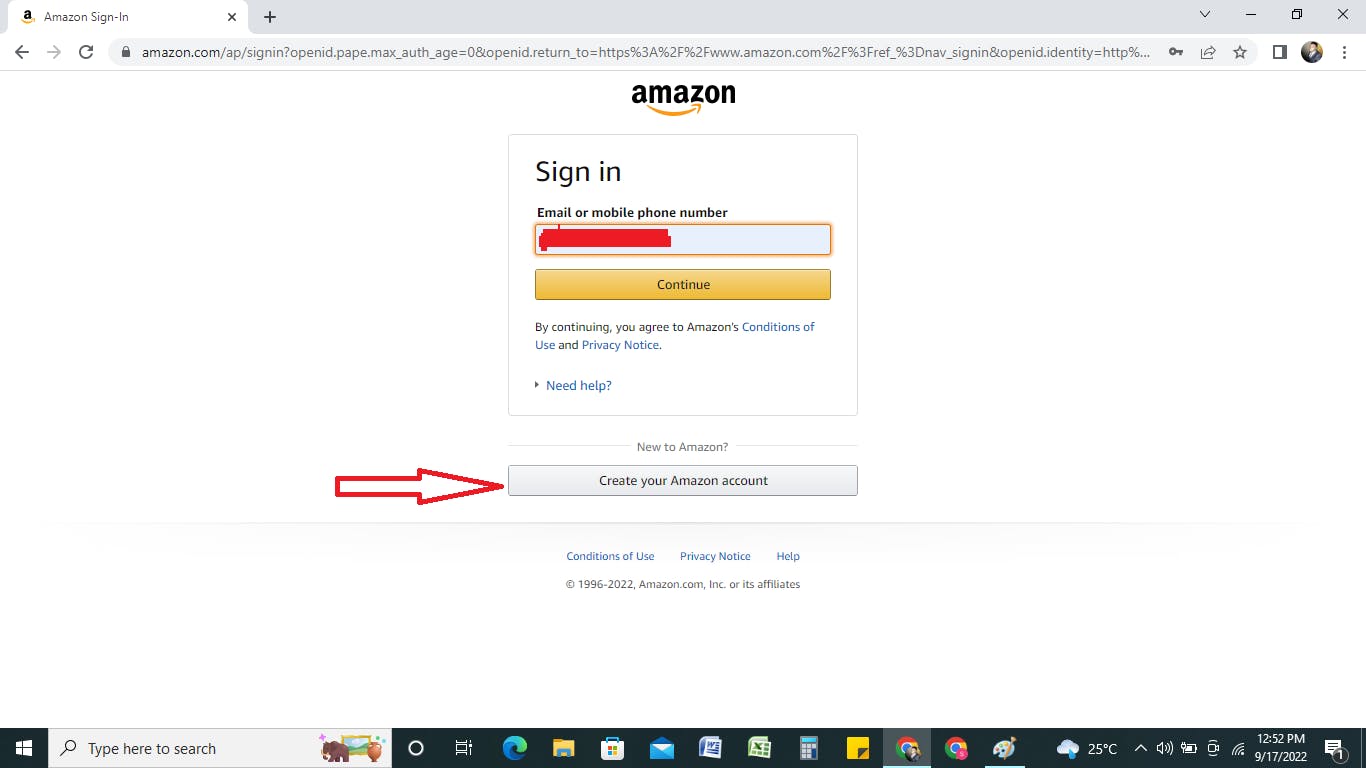
- Sign in : Test case created on the sign in with correct details was granted access to the account while test case created on sign in with incorrect details was denied access meaning unsuccessful login
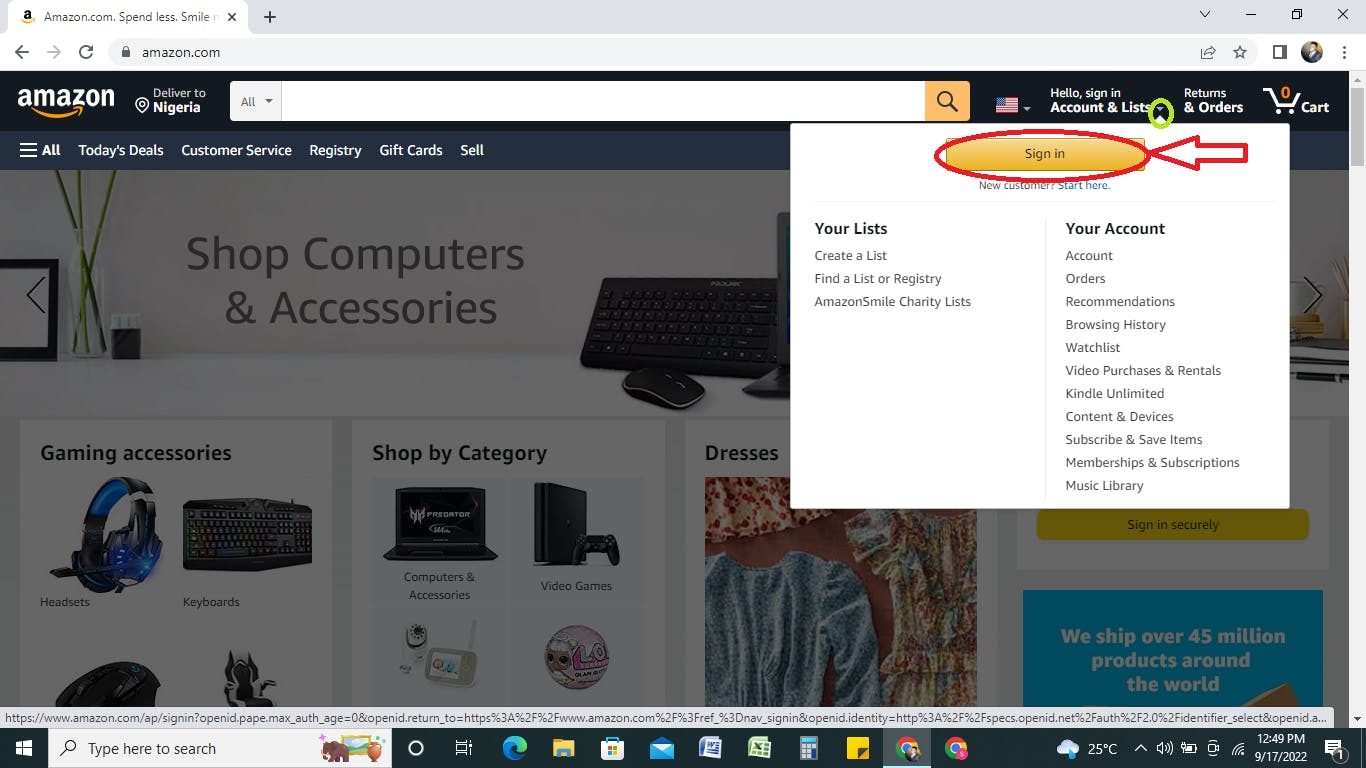
- Sign out: Test case created on sign out button logged out user successfully and return user to the sign in page.
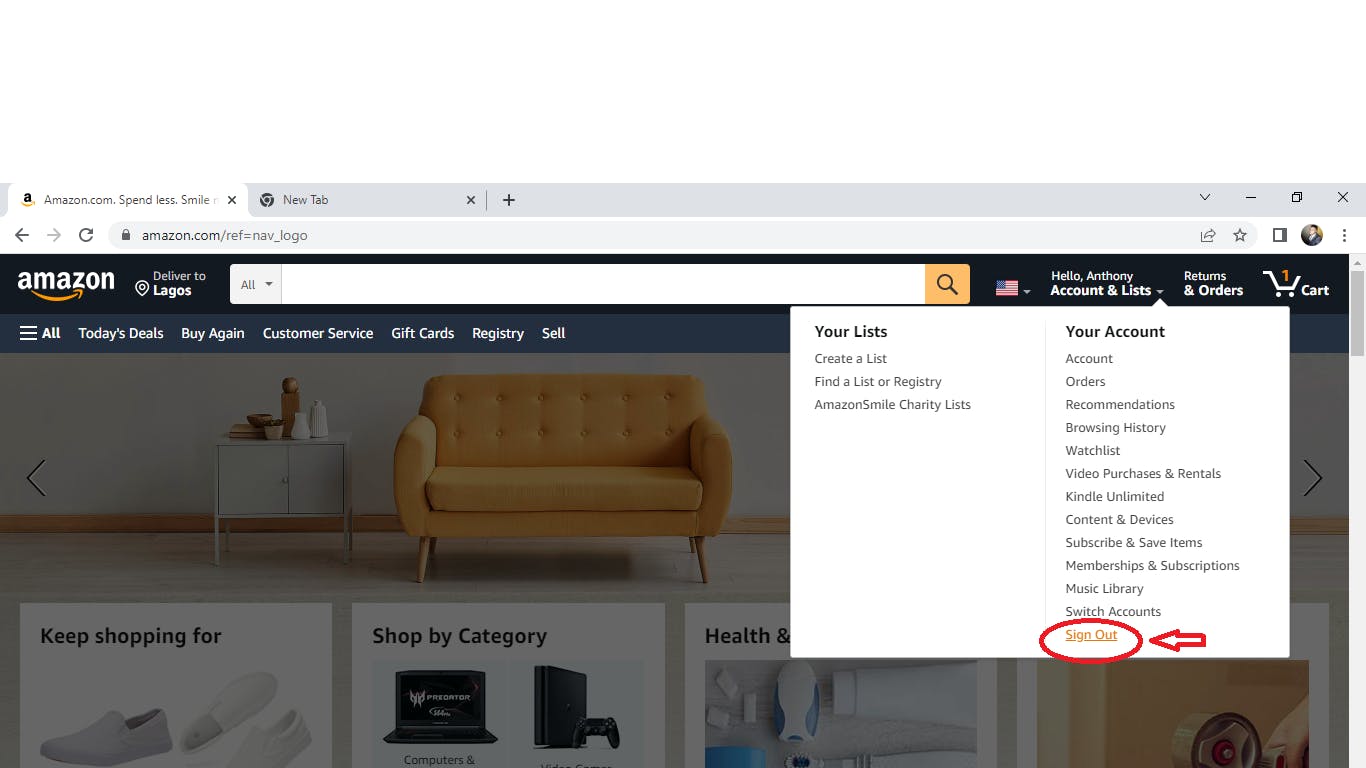
- Menu Icon: Test case created for Menu icon was used to verify that users can easily search for product categories with the use of the drop down Menu "ALL" feature.

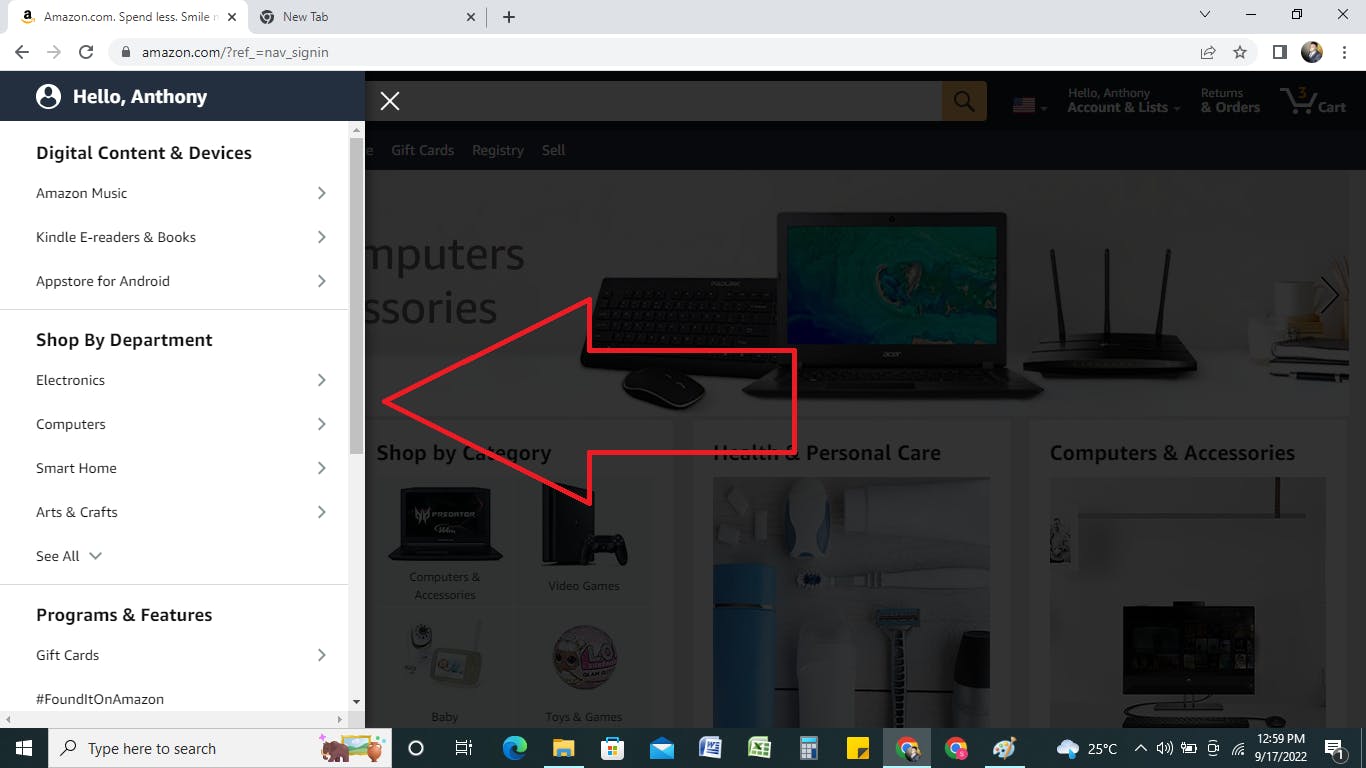
- Search Bar: Test case created on search bar was used to ensure that users can search and find any product of their choice wherever it is displayed on the site.

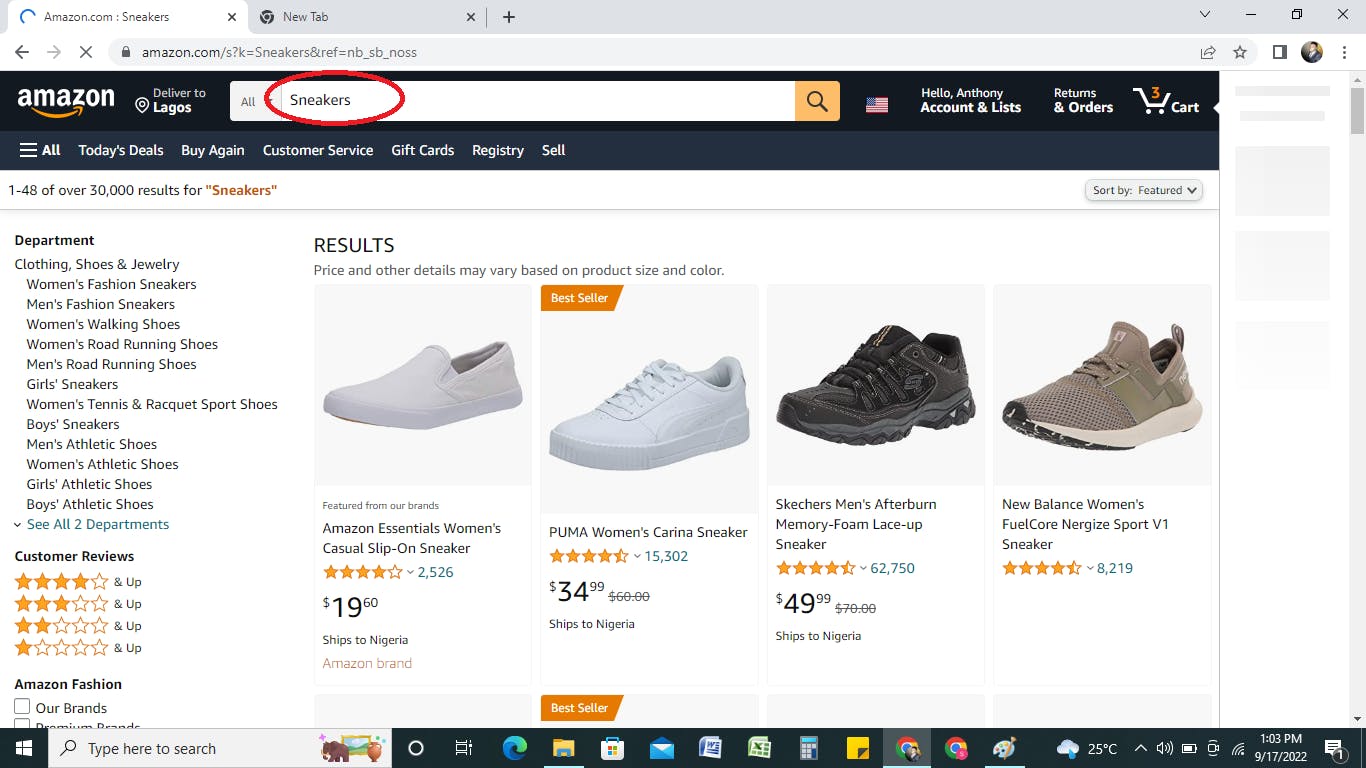
- View Product: This test case was to check if a product is being clicked, users should be a be able to view to view said products in a separate page that contains all the information about it. This test case result was as expected, meaning product displays with its details upon being clicked.


- Add to cart: Test case created for Add to cart button was to ensure customer can add product to cart for purchase. The result was as expected, meaning products can be added to the cart as much as a customer wants.

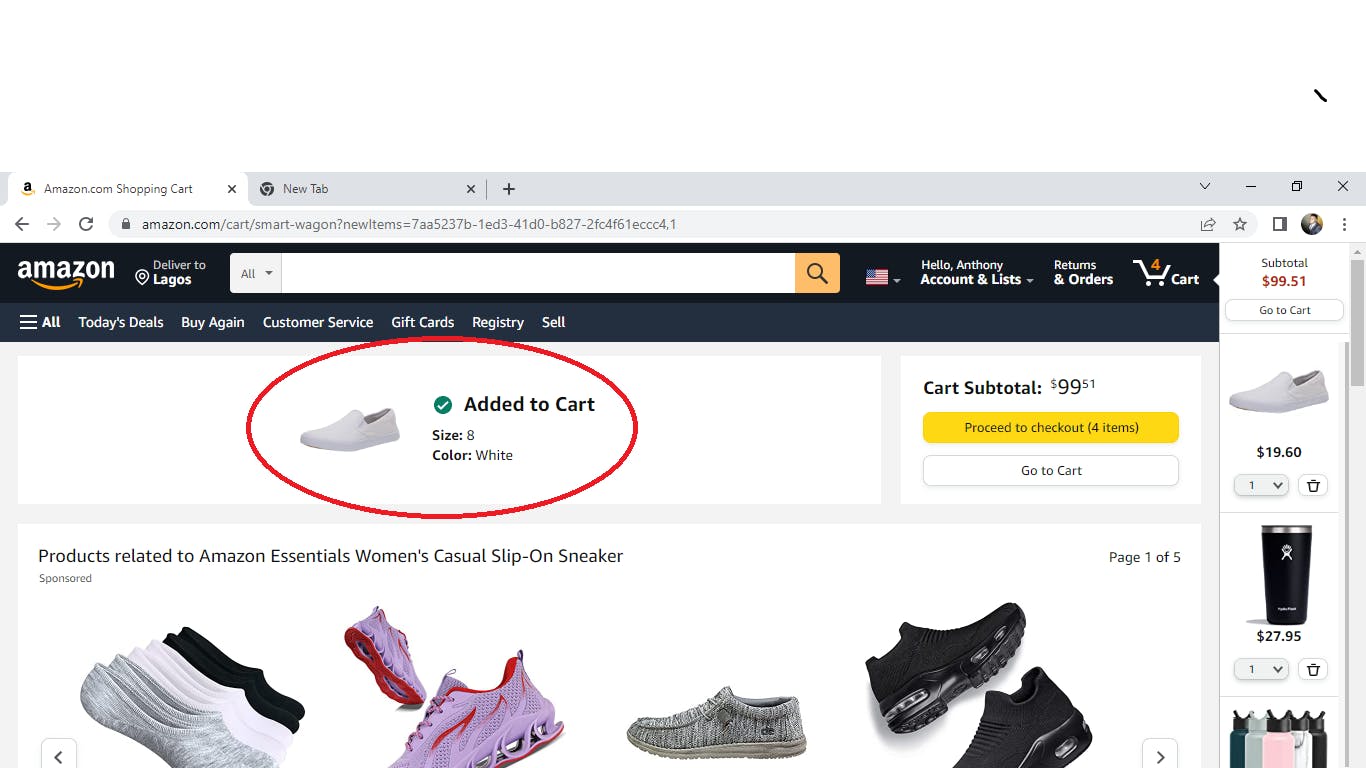
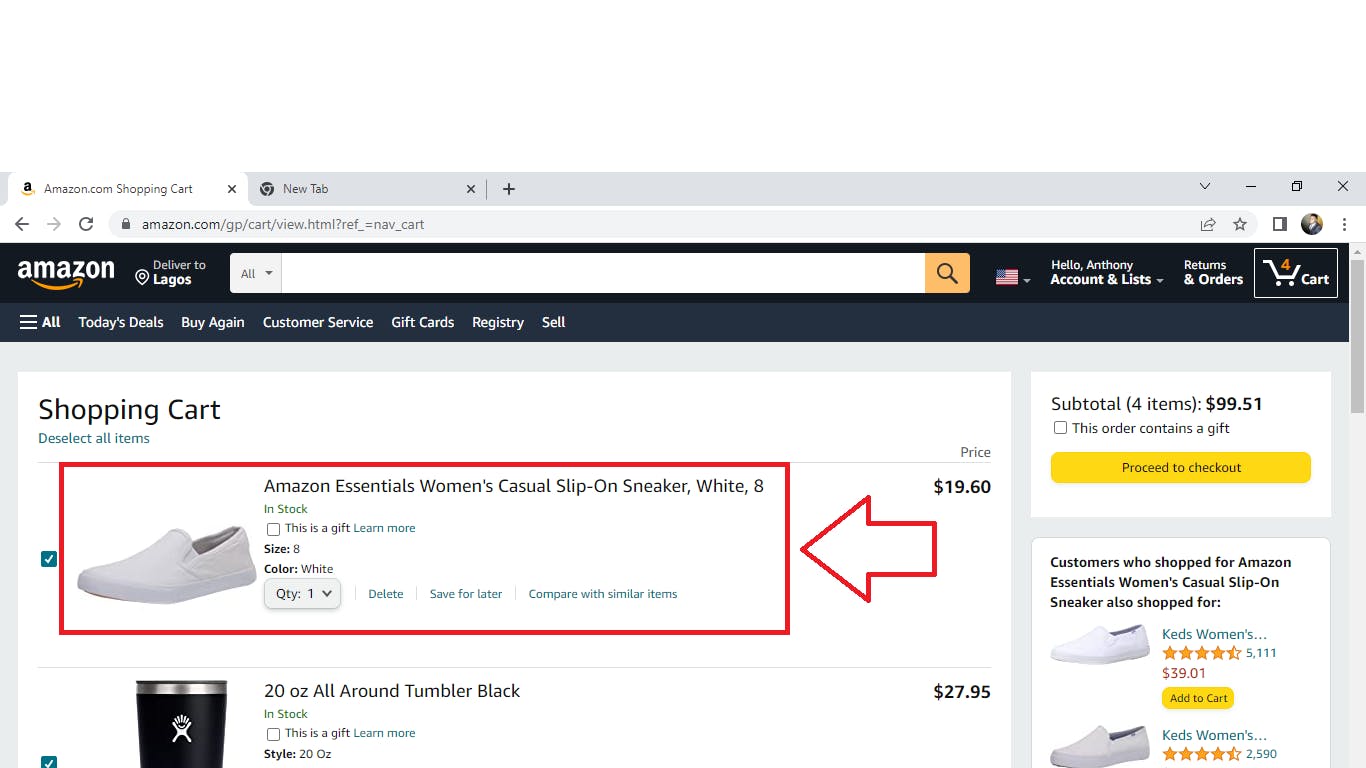
- Delete/Remove button: This test case was to ensure customer can be able to remove product or delete product from cart if they are no longer interested in purchasing the product. The feature worked like it should, products could be deleted or removed from the cart.

- Buy Now: The test case on this was to check if customers can be redirected to payment options after clicking on the buy now button to purchase a product. The result was as expected, meaning clicking on the buy now button redirect to the payment gateway where payment can be made.
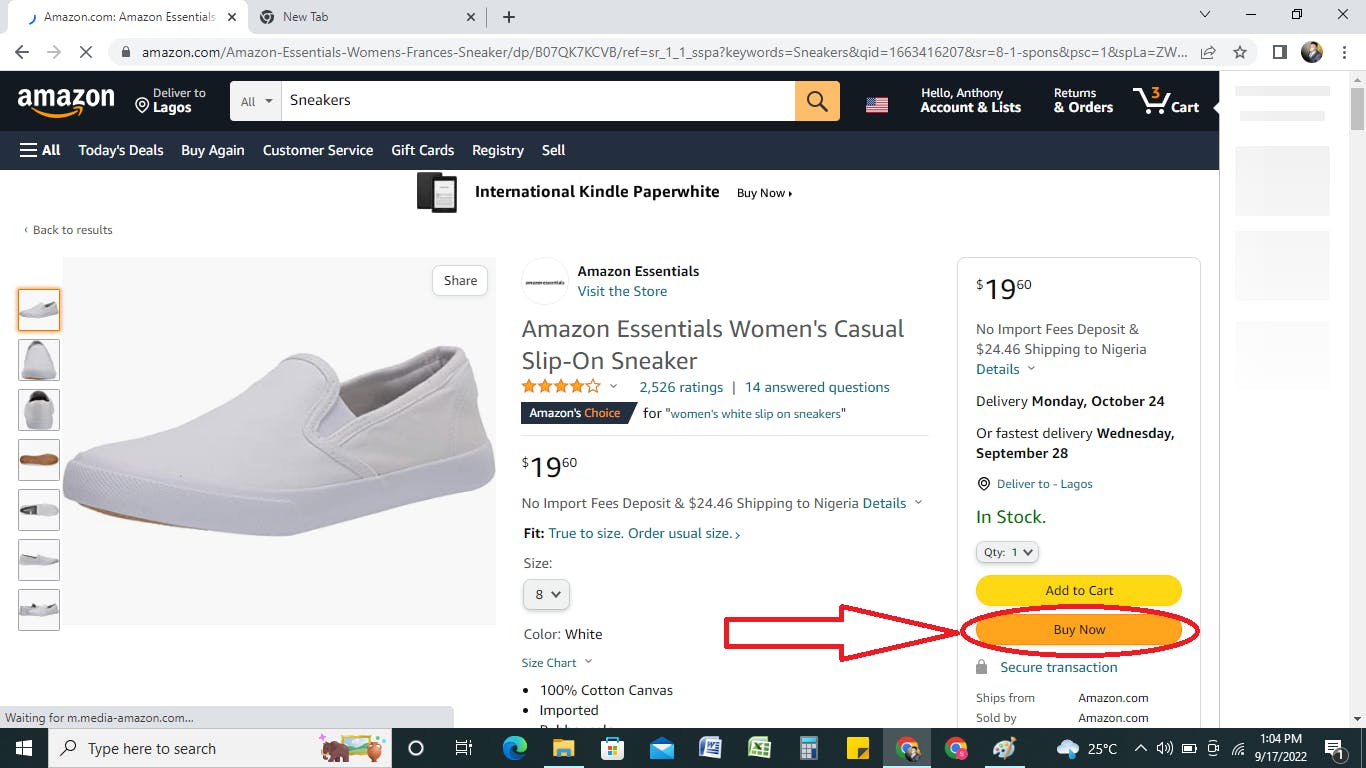
- Check out: Test case created on this was to make sure checkout feature redirects users to the checkout fields and subsequently to payment page where users can make payment for products of their choice. The result was as expected, users were able to successfully able to pick a product, and on clicking the "buy now" button were directed to the check out page to fill in their personal delivery details and then proceed to the payment page.

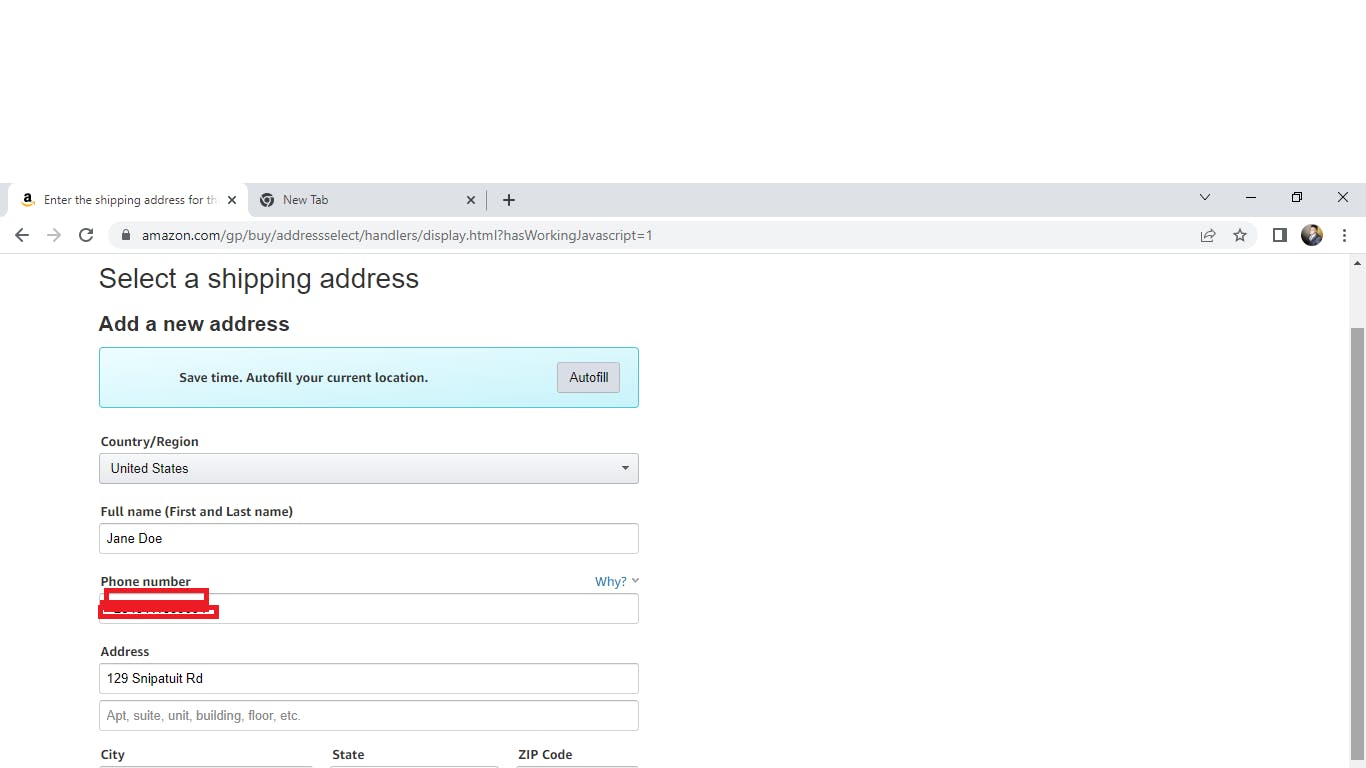
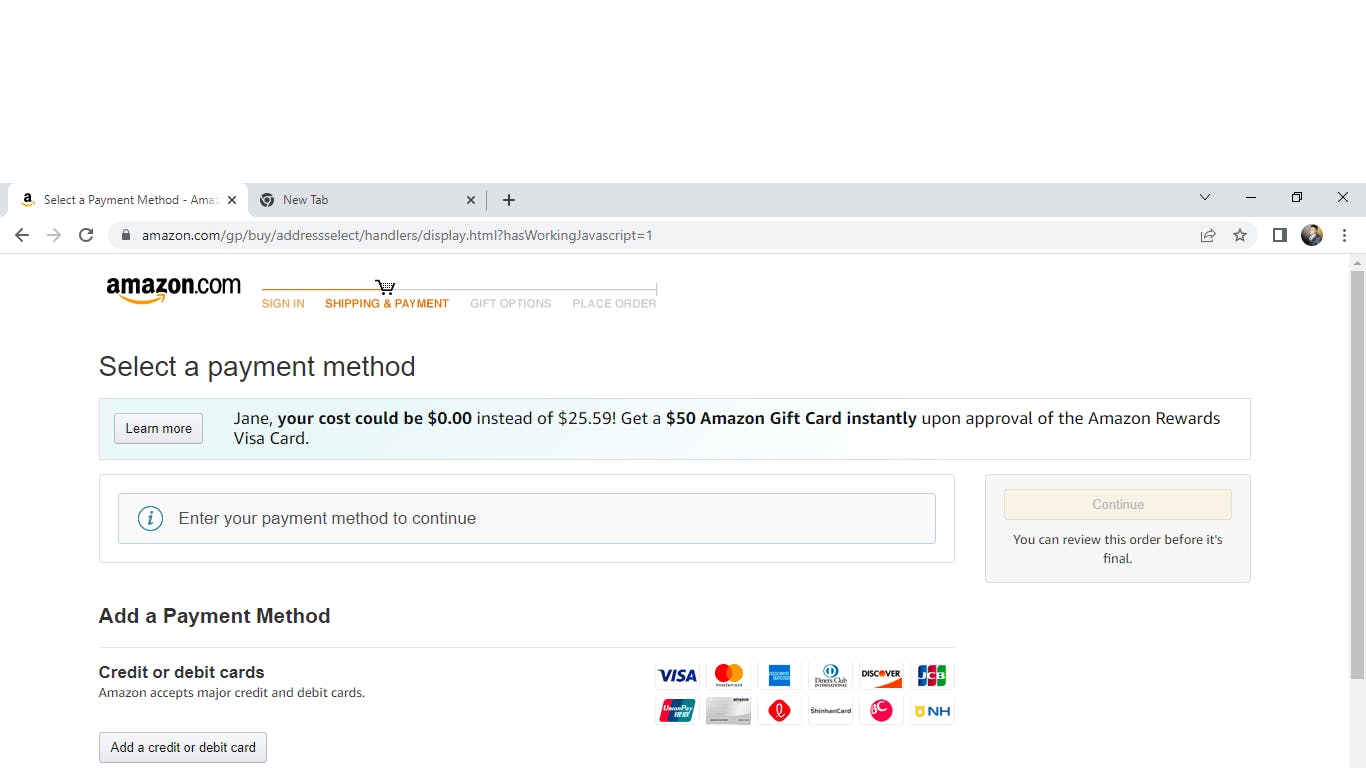
This project was done in partnership with my team members namely: Vivian Nwagbara and Godwin Onuh.
Project link on google sheet: bit.ly/3xx6M74
Finally, the need for testing a software product before its published cannot be overemphasized, the many benefits of testing includes preventing bugs, reducing development costs and improving performance.